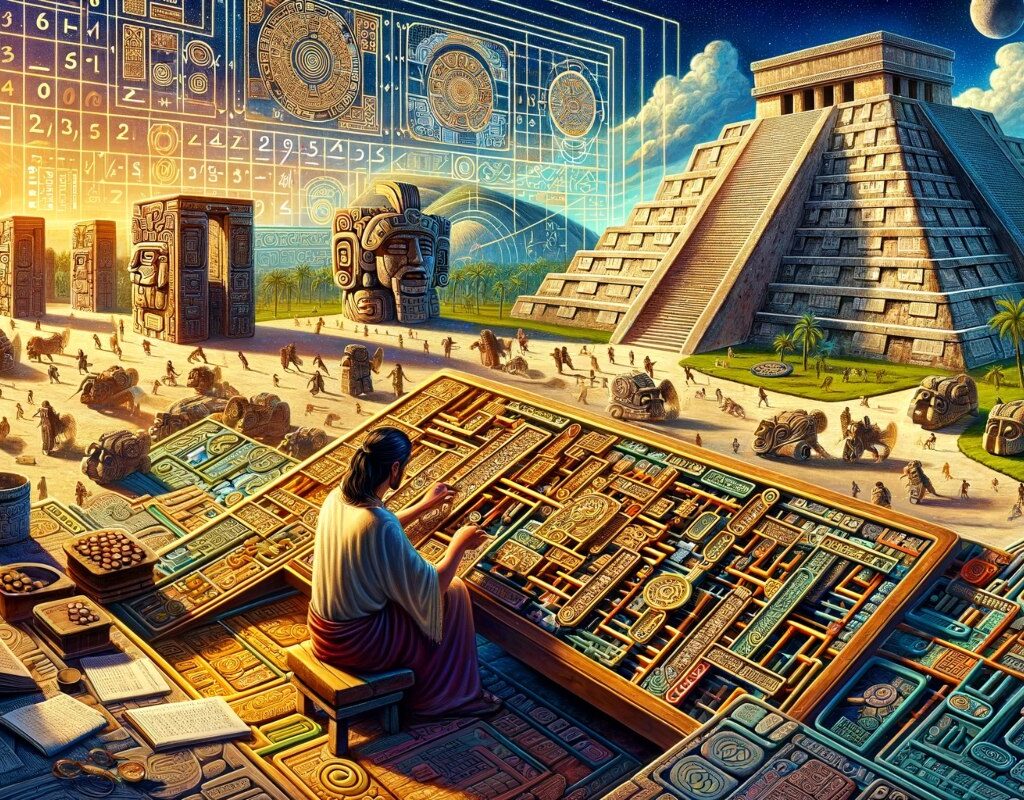The Maya civilization, renowned for its advanced mathematical and architectural understanding, left a remarkable legacy across various domains, including its method of multiplication. This system, reflecting their cultural and scientific sophistication, stands out for its remarkable efficiency and practicality.
Maya Mathematics: The Multiplication Method
The Efficiency and Precision of the Maya Multiplication System in the Pre-Columbian Era
In Maya multiplication, the process began with the first number of the first factor, drawing as many horizontal lines as its value indicated. This process was replicated for each digit of the first factor. Subsequently, the same procedure was applied to the second factor, but using vertical lines. This intersection of horizontal and vertical lines formed the basis of the calculation.
The key step involved counting the points where the lines crossed.
These points were added up at the corners, both top and bottom, and also the points between two corners, adding them to the value of the bottom left corner. In cases of sums with two digits, the ten’s place was added to the preceding number. This ingenious system enabled rapid and precise multiplications.
The results of these sums were arranged in a specific order, forming the final result of the multiplication. This method eliminated the need to memorize multiplication tables, offering a significant advantage, especially in an era devoid of electronic calculation tools.
However, the method showed limitations with very large numbers, where its efficiency decreased. Despite this, Maya multiplication remains a testament to the ingenuity and analytical ability of this civilization.
The Maya’s Innovative Legacy: Beyond Mathematics
Cultural and Scientific Impact of the Maya Multiplication Method in History
Beyond its practical utility, the Maya multiplication method is a reflection of a culture that deeply values knowledge and innovation. The Maya excelled not only in mathematics but also in astronomy, writing, and art. Their contributions have had a lasting impact, influencing subsequent generations and continuing to fascinate scholars of history.
Studying this method offers a window into Maya thought, showcasing their ability to solve complex problems in unique ways. This civilization, which flourished in Central America, left a legacy that goes beyond its monuments: a legacy of knowledge and wisdom that continues to inspire today.
In summary, the Maya multiplication method is more than a mathematical tool; it is a symbol of an advanced and creative civilization, whose influence endures in the present day.
This method not only demonstrates advanced mathematical skills but also a worldview that integrates knowledge into everyday life in a profound and meaningful way.





